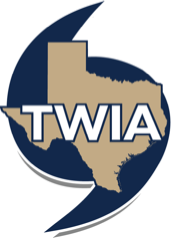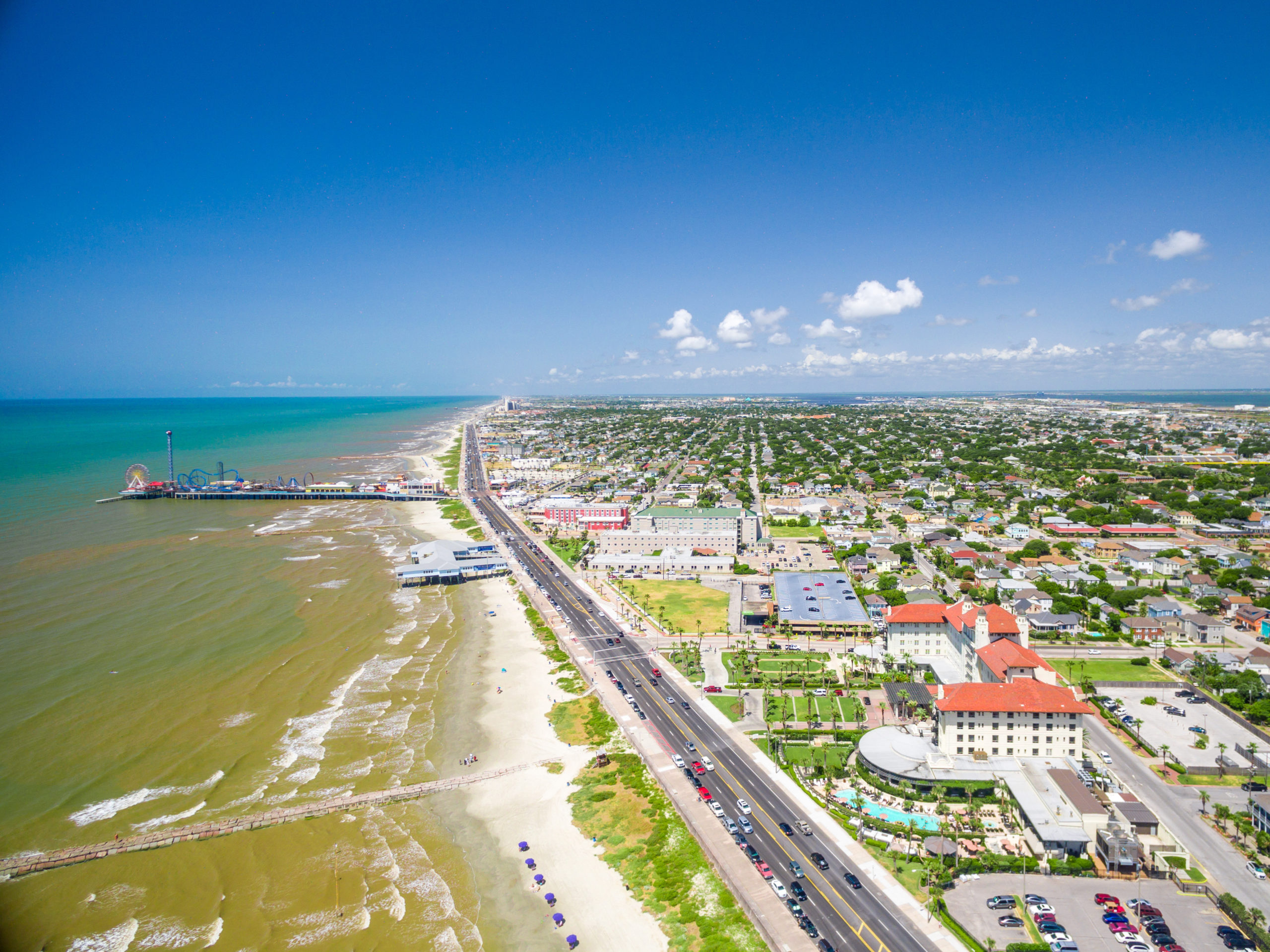Overview
If you are a Texas coastal property owner who needs to get wind and hail insurance through TWIA, the Texas Insurance Code Chapter 2210 requires your property to be certified as meeting windstorm building code requirements in your area. This Windstorm Certificate of Compliance must be provided to TWIA before the property can be eligible for TWIA coverage.
Without a Certificate of Compliance, TWIA lacks evidence that the structure conforms to applicable building codes, and it may be considered uninsurable and ineligible for coverage with TWIA.
Visit our Coverage and Eligibility webpage to learn more about TWIA eligibility requirements.
How to Look Up Existing Certificates of Compliance
The Texas Department of Insurance (TDI) has processed the majority of Windstorm Certificates of Compliance (WPI-8s).
- To obtain a copy of these certificates, use TDI’s online database.
TWIA also accepted applications for Windstorm Certificates of Compliance (known as WPI-8-Cs) from January 1, 2017, to May 31, 2020.
- To request a copy of these certificates, use our TWIA certificate lookup tool.
Important Note: Certificates issued by TWIA are not currently available on TDI’s website.
Exceptions to Certificate of Compliance Requirement
As outlined in the Texas Insurance Code, there are two exceptions to the TWIA eligibility requirement:
- Residential properties with construction from 1988 to June 18, 2009 that are not certified may still be eligible for TWIA coverage. These properties must pay a 15% surcharge based on, and in addition to, their policy premium amount.
- Residential properties insured on/after June 19, 2009 by an insurer in the private market and that are non-renewed or cancelled by the insurer and missing a required WPI-8 at the time of policy non-renewal/cancellation may be eligible for TWIA coverage.
What Needs a Certificate of Compliance
Some common examples of improvements that need to be certified include:
- New structures
- Building additions/enlargements
- Windows, entry doors, and garage doors
- Patio covers
- Decks
- Replacing a roof or repairing a significant portion of a roof
- Re-siding a significant portion of an exterior wall
What Doesn’t Need a Certificate of Compliance
A full list of improvements that do not need to be certified is available on the TDI website. Some examples include:
- Painting, carpeting, and refinishing work
- Plumbing and electrical repairs
- Fence repair
- Repair or replacement of gutters
- Temporary repairs after a storm
How to Get a Certificate of Compliance
As of June 1, 2020, all Certificates of Compliance are issued by the Texas Department of Insurance as part of its Windstorm Inspection Program. Please visit the TDI website to learn more about their certification process: www.tdi.texas.gov/wind
Where to Learn More
The Texas Department of Insurance (TDI) administers the Windstorm Inspection Program and issues all Certificates of Compliance.
TDI Windstorm Inspection Program
www.tdi.texas.gov/wind
(800) 248-6032
windstorm@tdi.texas.gov
Field offices in Beaumont, La Marque, Angleton, and Corpus Christi
Glossary of Terms
Certificates of Compliance go by several names:
- WPI-8: A Certificate of Compliance issued by the Texas Department of Insurance for new and ongoing improvements.
- WPI-8-E: A Certificate of Compliance issued by the Texas Department of Insurance for completed improvements. The Texas Department of Insurance began accepting applications for WPI-8-Es on June 1, 2020.
- WPI-8-C: A Certificate of Compliance issued by TWIA for completed improvements. TWIA accepted applications for WPI-8-Cs from January 1, 2017 to May 31, 2020.
Additional terms to know:
New and ongoing improvement: These are improvements whose construction has not begun or has not finished yet. This includes new structures and the following changes to existing structures: alterations, remodeling, enlargement, repairs (including reroofing), and additions.
Completed improvement: An improvement in which the original transfer of title from the builder to the initial owner of the improvement has occurred, or if a transfer is not contemplated, an improvement that is substantially completed.
Substantially completed: An improvement for which the final framing stage, including attachment of component and cladding items and installation of windborne debris protection, has been completed. If the improvement’s windborne debris protection consists of wood structural panels, all the panels must be present at the improvement’s location but need not be installed.


